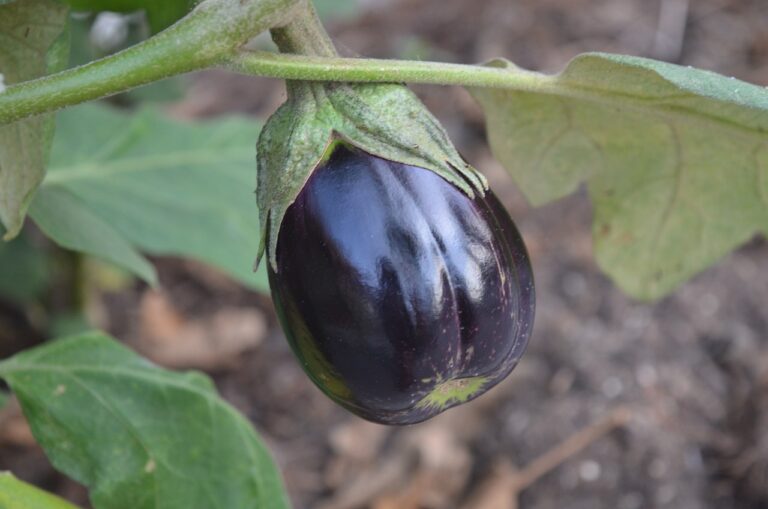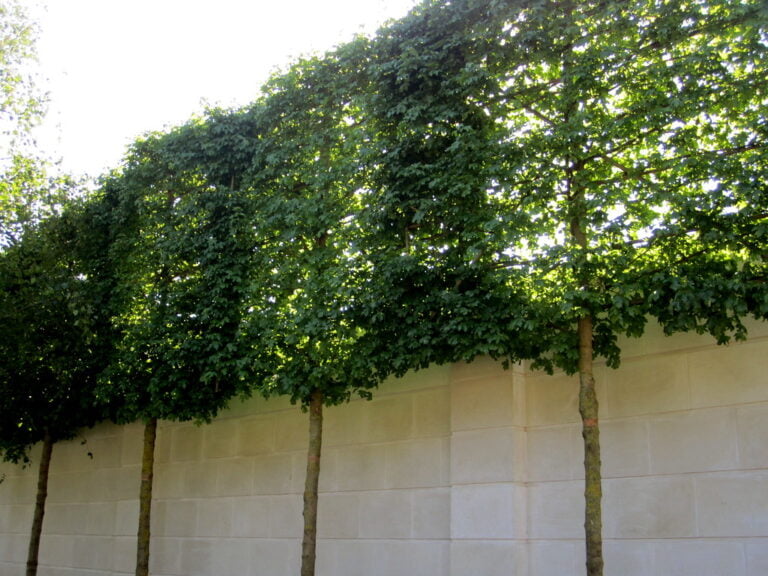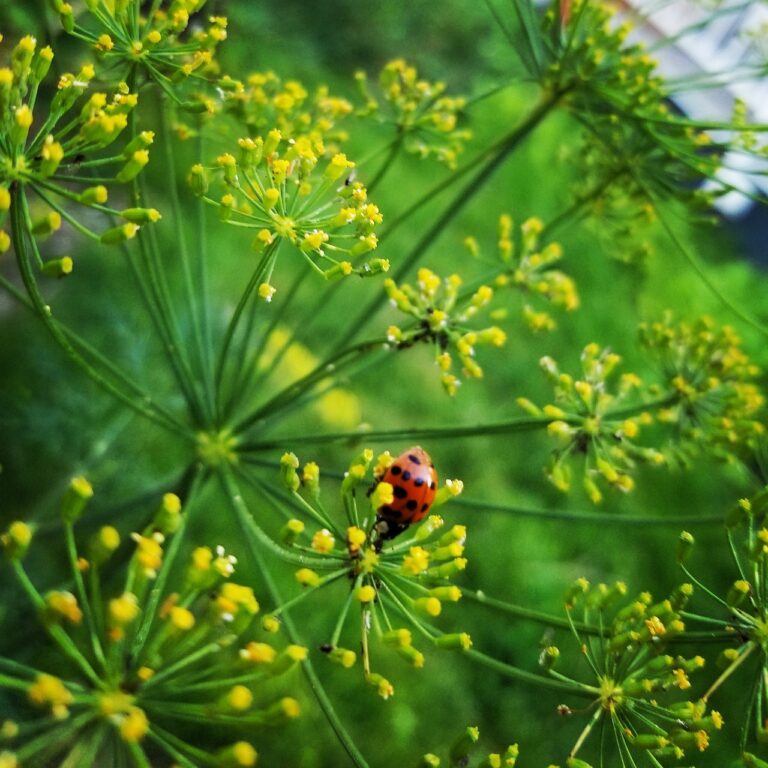Edible Landscaping: Incorporating Fruit Trees, Berry Bushes, and Vegetable Gardens Into Your Yard
Get ready to transform your yard into a bountiful oasis with edible landscaping. Incorporating fruit trees, berry bushes, and vegetable gardens into your outdoor space not only adds beauty but also provides a sustainable source of fresh, delicious produce. From selecting the right plants to harvesting techniques, this article will guide you through the practical and rewarding process of creating a fruitful and beautiful landscape that serves both you and your community.
Benefits of Edible Landscaping
Incorporating edible landscaping into your yard's design offers numerous benefits for enhancing both your property's aesthetics and your overall well-being. Imagine strolling through your garden, plucking ripe tomatoes or juicy berries straight from the vine. Not only does this add a delightful pop of color to your landscape, but it also provides you with fresh, organic produce right at your fingertips. The act of tending to and harvesting from your edible garden can be incredibly therapeutic, reducing stress and promoting mental well-being. Additionally, growing your own fruits and vegetables allows you to embrace a more sustainable and self-sufficient lifestyle, reducing your reliance on store-bought produce. By incorporating edible landscaping, you not only beautify your surroundings but also nourish your body and soul.
Choosing the Right Fruit Trees
When selecting fruit trees for your edible landscaping, consider both the aesthetic appeal and the practicality of the varieties that best suit your climate and space. Start by researching which fruit trees thrive in your specific climate zone. For example, if you live in a cooler climate, apple or cherry trees could be excellent choices, while those in warmer regions might consider citrus trees. Additionally, think about the space you have available. If you have a smaller yard, dwarf or semi-dwarf fruit trees could be more suitable. Consider the fruit trees' blooming and harvest times, ensuring you have a variety that provides a continuous supply of fresh fruit throughout the growing season. By carefully selecting the right fruit trees, you'll not only enhance the beauty of your landscape but also enjoy an abundant harvest.
Selecting Berry Bushes for Your Yard
Consider the available space and climate in your yard when selecting berry bushes for your edible landscaping, ensuring they complement the fruit trees and thrive in your specific conditions. Blueberries are a fantastic choice for acidic soil and cooler climates, while blackberries and raspberries thrive in slightly warmer temperatures. If you have limited space, consider compact varieties such as dwarf blueberry bushes or thornless blackberry bushes. For a continuous harvest, choose a mix of early, mid, and late-season varieties. When planting, ensure good drainage and adequate sunlight for optimal growth. Popular choices like strawberries can also be grown in hanging baskets or containers, making them versatile for small spaces. By carefully selecting berry bushes tailored to your yard, you can enjoy a bountiful harvest while enhancing the beauty of your landscape.
Planning Your Vegetable Garden Layout
To optimize your yard for edible landscaping, plan your vegetable garden layout to complement the fruit trees and berry bushes, ensuring ample sunlight and proper spacing for optimal growth and harvest. When planning the layout, consider the mature size of each vegetable plant and their compatibility with neighboring crops. Group together vegetables with similar water and sunlight needs to make irrigation and maintenance more efficient. Incorporate companion planting techniques to naturally repel pests and attract beneficial insects, fostering a healthy and balanced garden ecosystem. Additionally, strategically place taller crops on the northern side of the garden to prevent shading of smaller plants. By carefully planning your vegetable garden layout, you can create a productive and visually appealing space that harmoniously integrates with the rest of your edible landscape.
Soil Preparation and Maintenance
As you plan your edible landscape, ensure that the soil preparation and maintenance align with the needs of your fruit trees, berry bushes, and vegetable garden, providing essential nutrients and fostering healthy growth. Start by testing your soil to understand its composition and pH levels. Amend the soil with organic matter such as compost, well-rotted manure, or mulch to enhance its fertility and structure. Regularly add organic materials to maintain soil health and promote beneficial microbial activity. Consider cover cropping during off-seasons to prevent soil erosion and improve its nutrient content. Mulching around plants can help retain moisture, suppress weed growth, and regulate soil temperature. Lastly, be mindful of over-fertilization, as it can harm your plants and the surrounding environment. By nurturing your soil, you'll lay the groundwork for a thriving edible landscape.
Watering and Irrigation Tips
Once you have established healthy soil for your edible landscape, you need to focus on effective watering and irrigation practices to ensure the optimal growth of your fruit trees, berry bushes, and vegetable garden. Consistent watering is crucial, especially during dry spells, to help your plants thrive. Consider installing a drip irrigation system to deliver water directly to the roots, minimizing water waste and promoting deeper root growth. Mulching around your plants can also help retain moisture and reduce the frequency of watering. Be mindful of the specific water needs of each plant and adjust your watering schedule accordingly. Observing your plants for signs of over or under-watering is key to maintaining their health. By implementing these watering and irrigation tips, you'll set your edible landscape up for success and bountiful harvests.
Pest Control for Edible Landscaping
Implement a proactive pest control plan to safeguard the health and productivity of your fruit trees, berry bushes, and vegetable garden within your edible landscape. Start by regularly inspecting your plants for any signs of pest damage or infestation. Encourage beneficial insects like ladybugs and lacewings to thrive in your garden, as they can help naturally control pests. Consider using physical barriers like row covers or netting to protect your plants from pests. Additionally, practice good garden hygiene by promptly removing any diseased or infested plant material to prevent the spread of pests. When necessary, opt for organic pest control methods such as neem oil, insecticidal soaps, or horticultural oils to address pest issues while minimizing harm to beneficial insects and wildlife. By implementing these proactive pest control measures, you can ensure a thriving and bountiful edible landscape for your enjoyment.
Harvesting and Pruning Techniques
To ensure optimal fruit production and plant health, regularly prune your fruit trees, berry bushes, and vegetable plants during their dormant season. Pruning helps maintain the desired shape, promotes air circulation, and encourages the development of strong branches. When harvesting fruit, gently twist or cut them from the plant to avoid damaging the branches. For berry bushes, pick the ripe fruits carefully to prevent harming the plant. Remember to check your vegetable garden daily, harvesting produce when it reaches the appropriate size and color. Proper pruning and harvesting not only ensure a bountiful harvest but also contribute to the overall well-being of your edible landscape. By following these techniques, you can enjoy an abundant supply of fresh, homegrown fruits and vegetables while promoting the long-term vitality of your plants.
Incorporating Edible Plants in Ornamental Beds
When incorporating edible plants in ornamental beds, you can continue to enhance the overall health and productivity of your landscape by integrating fruit trees, berry bushes, and vegetable plants among your decorative flora. Not only do these edible plants add a delightful touch to your ornamental beds, but they also serve a practical purpose by providing you with fresh, homegrown produce. Consider including dwarf fruit trees, such as apple or cherry, which not only offer delicious fruit but also beautiful blossoms in the spring. Berry bushes like blueberries and raspberries add pops of color to your beds and provide tasty, nutritious snacks. Additionally, incorporating vegetables like colorful Swiss chard or lettuces can offer both aesthetic appeal and a fresh harvest for your table. By merging these edible plants with your ornamental landscape, you create a truly bountiful and beautiful environment.
Sustainable Practices for Edible Landscaping
You should consistently prioritize sustainable practices for edible landscaping to ensure the long-term health and productivity of your yard. Implementing sustainable techniques not only benefits the environment but also contributes to the well-being of your community. Start by enriching your soil with compost and organic matter, promoting healthy plant growth while reducing the need for chemical fertilizers. Utilize companion planting to naturally deter pests and maximize space usage. Embrace water conservation methods such as drip irrigation and rainwater harvesting to minimize waste. Incorporate native plants into your edible landscape to support local wildlife and preserve biodiversity. By following these sustainable practices, you can create a beautiful and fruitful edible landscape that not only serves your household but also contributes to the overall sustainability of your community.
Conclusion
Now that you've learned about the benefits of edible landscaping and how to incorporate fruit trees, berry bushes, and vegetable gardens into your yard, it's time to put your knowledge into action. With careful planning and maintenance, you can enjoy the beauty of a bountiful and sustainable landscape that also provides delicious, fresh produce for you and your family. Get started on creating your own edible oasis and enjoy the fruits of your labor!






